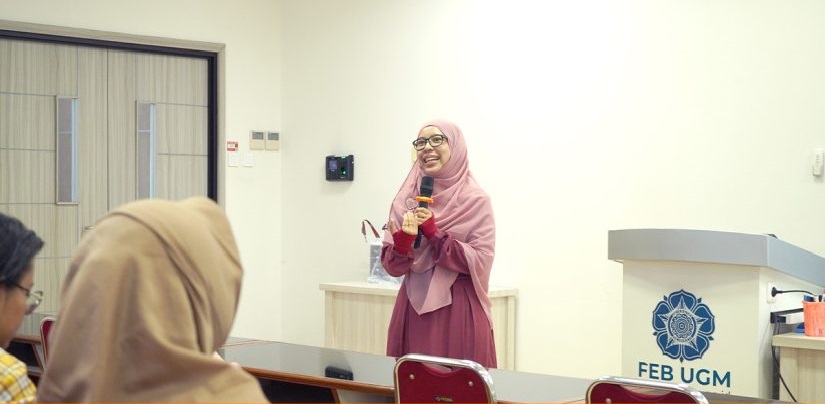
Amidst the increasing wave of layoffs across various industrial sectors, national labor statistics actually show a positive trend with the open unemployment rate (TPT) decreasing.
The Statistics Indonesia (BPS), through the National Labor Force Survey (Sakernas) for February 2025, reported that TPT decreased from 4.82 percent to 4.76 percent compared to the same period last year.
This means that the proportion of unemployed individuals to the total labor force (employed plus unemployed) has decreased. Meanwhile, the wave of layoffs has continued to be a major news item since the beginning of the year.
Data from the Ministry of Manpower recorded more than 18,000 workers who experienced layoffs in the first two months of 2025.
This phenomenon received attention and a response from Dr. Qisha Quarina, a lecturer at the Faculty of Economics and Business (FEB UGM) and a labor researcher.
According to Dr. Quarina, the decrease in the TPT does not necessarily indicate that the labor market conditions are genuinely improving.
“Although the data shows a decrease in the open unemployment rate, the absolute number of unemployed individuals has actually increased,” Dr. Quarina said at FEB UGM on Monday (Jul. 28).
Dr. Quarina explained that this can happen because the number of employed people increases faster than the number of unemployed.
In other words, the open unemployment rate may indeed decrease, but the total number of unemployed people continues to grow.
Again, according to Dr. Quarina, this condition exemplifies how statistical data can create a misleading impression if not fully understood.
Nevertheless, the issue of national employment is not only about unemployment; decent work is also an important issue that deserves collective attention.
“Our main problem is not just about having a job or not, but also about having a decent job,” added the Coordinator of the Microeconomics Dashboard (Micdash) Study Area, FEB UGM.
In this context, Dr. Quarina said, the concept of decent work from the International Labour Organization (ILO) becomes highly relevant.
This concept encompasses four pillars: job creation, social protection, workers’ rights, and social dialogue.
“Unfortunately, Indonesia still faces serious challenges in all four of these aspects,” Dr. Quarina stated.
Dr. Quarina mentioned that the dominance of informal workers is one of the biggest vulnerabilities in Indonesia’s labor structure.
Based on Sakernas’ data from February 2025, there are 86.58 million informal sector workers. This number far exceeds the number of formal workers, recorded at 59.19 million people.
This means that the majority of Indonesia’s workforce does not receive adequate legal protection or social security.
Another challenge is the low quality of employment relationships, evident from the large number of workers who do not have written employment agreements.
Only about 11.57 million workers are recorded as having Indefinite Period Employment Agreements (PKWTT).
Meanwhile, more than 26 million work without a contract, and approximately 16 million workers only rely on Fixed-Term Employment Agreements (PKWT).
“Even most of them still work more than 35 hours per week, meaning their productivity is not inferior, but their protection is very weak,” Dr. Quarina revealed.
In Dr. Quarina’s view, the low participation in labor social security also poses a national employment challenge.
Many workers are not registered with BPJS Ketenagakerjaan (Workers’ Social Security Agency), or even unaware of their participation status.
“This condition certainly puts them in a very vulnerable position. Without social security, workers do not have financial protection if they face risks such as illness, work accidents, or termination of employment,” Dr. Quarina explained.
Reporter: FEB UGM/Kurnia Ekaptiningrum
Author: Agung Nugroho
Post-editor: Afifudin Baliya
Photograph: FEB UGM

